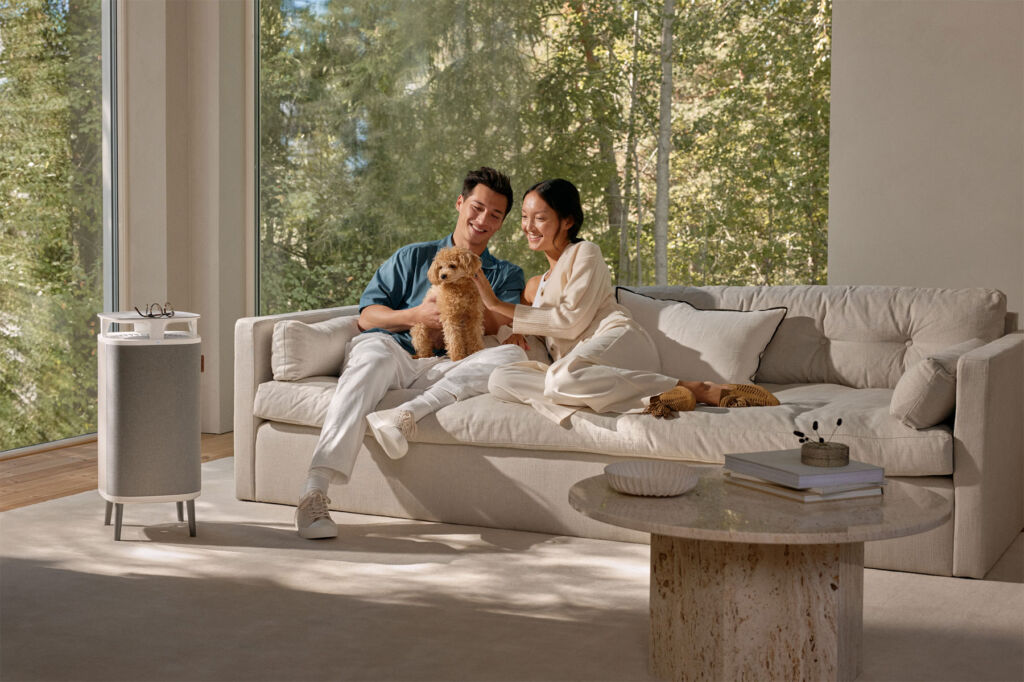
Pollen allergies are a global health issue – an estimated 30-40% of the world’s population (around three billion people) suffer from hay fever or allergic rhinitis, and many rely on antihistamines to relieve these symptoms. Lars Dunberger, Technology Development Manager at Blueair, explains why pollen levels can actually be higher indoors and how an air purifier can effectively combat seasonal allergies associated with pollen.
As plants, trees, grasses, and weeds release pollen, millions of people with hay fever start to sniffle and sneeze. Most people try to stay indoors as much as possible when the pollen count is high, but these particles easily find their way into our homes, meaning pollen levels can actually be higher indoors than outside.
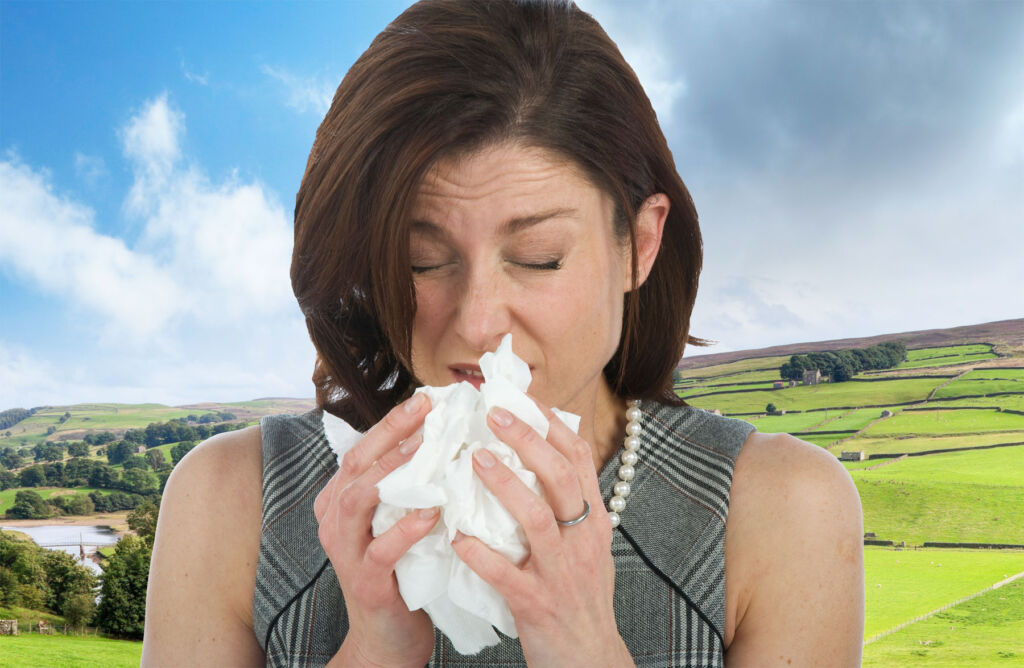
While ventilating by opening a window is a great way to improve air quality, this will only result in more pollen entering the home, which will become trapped in the enclosed space.
Pollen season varies globally, but it generally lasts between two and four months. Increasingly more people are affected by seasonal allergies – forecasts estimate that by 2050, the number of allergy sufferers in Europe will double!¹
Researchers are also suggesting that climate change is making pollen season last longer due to warming global temperatures – this, in turn, is contributing to the increase in the number of people who are allergic to pollen.²
Common symptoms of hay fever vary from mild to severe and include anything from sneezing and coughing to headaches and insomnia. In the UK alone, adults of working age who suffer from hay fever already miss an estimated 29 million days of work each year.³
Pollen clings to your clothing, shoes, hair and even your pet, so removing these pollen particles from the air as quickly as possible is important.
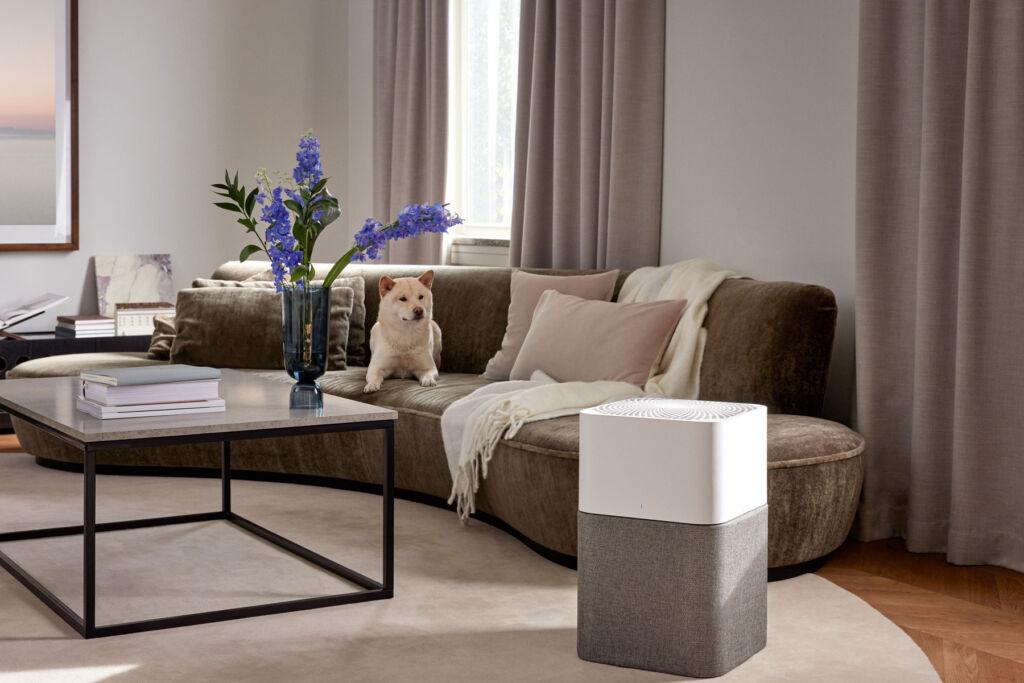
Fortunately, there are quite a few ways to minimise your allergy symptoms caused by pollen!
Blueair air purifiers are tested to quickly and quietly remove pollen from the air to help provide relief from pollen allergies and prevent exposure to allergens. The company’s Blue air purifiers have been tested to remove 99.99% of pollen from the air and can even remove other allergy triggers such as dust and pet dander.
Other ways to alleviate pollen allergy symptoms include:
- Check pollen counts and pollen maps and adapt your daily routines accordingly.
- When on the go, use a face mask and/or a car air purifier that filters pollen allergens.
- Put an air purifier with a high CADR (Clean Air Delivery Rate) in your bedroom to ensure a good night’s sleep.
- When you come in from outdoors, take off your shoes by the door and change your clothing.
- Shower and wash your hair after you have been outside.
- Use a wet cloth/mop to clean surfaces and floors often.
- Vacuum frequently.
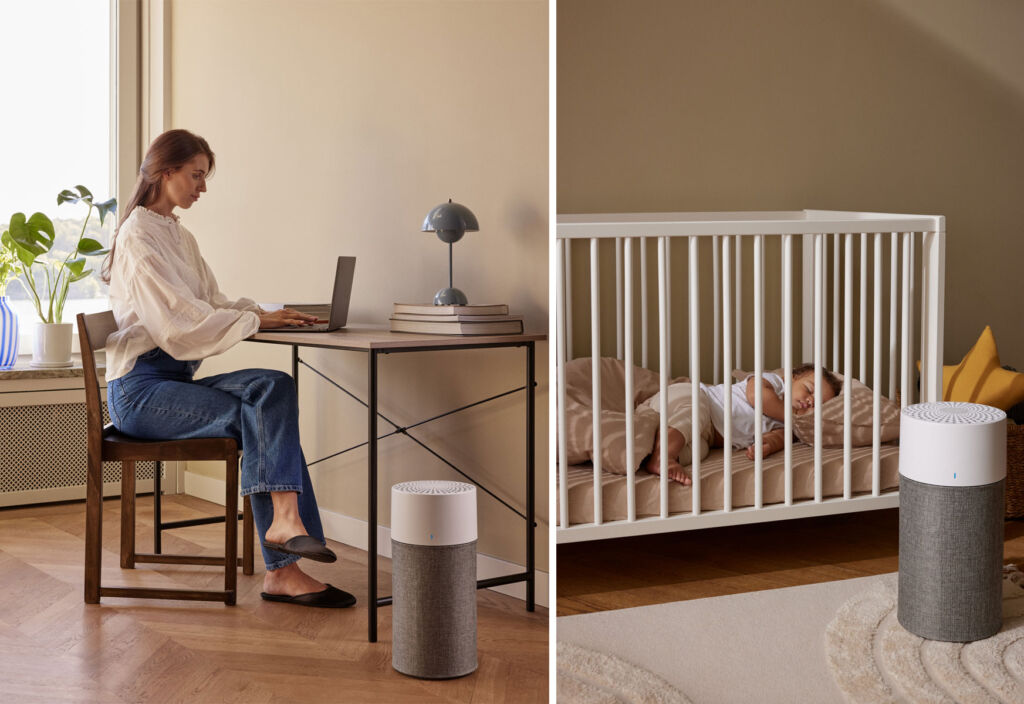
About Blueair
Blueair is one of the world’s leading producers of air purification solutions for home and professional use. Founded in Sweden, Blueair delivers innovative, energy-efficient products and services to consumers in over 60 countries worldwide and is part of the Unilever family of brands. http://www.blueair.com/gb
References:
- ¹ 3 Schmidt, Charles W. “Pollen Overload: Seasonal Allergies in a Changing Climate.” Environ Health Perspect 124.4 (2016): A70–A75. PMC. Web. 18 Feb. 2018.
- ² Smith KR, Woodward A, Campbell-Lendrum D, Chadee DD, Honda Y, Liu Q, et al. Cambridge, UK: Cambridge University Press; 2014. Human health: impacts, adaptation, and co-benefits. In: Climate Change 2014: Impacts, Adaptation, and Vulnerability Part A: Global and Sectoral Aspects Contribution of Working Group II to the Fifth Assessment Report of the Intergovernmental Panel on Climate Change. Field CB, Barros VR, Dokken DJ, Mach KJ, Mastrandrea MD, Bilir TE, et al., eds. pp. 709–754.
- ³ U.K. MetOffice. “Workers lose 29 million days each year to hay fever.” 9 June 2016. http://bit.ly/2Ct0QfX
Read more lifestyle news and features here.
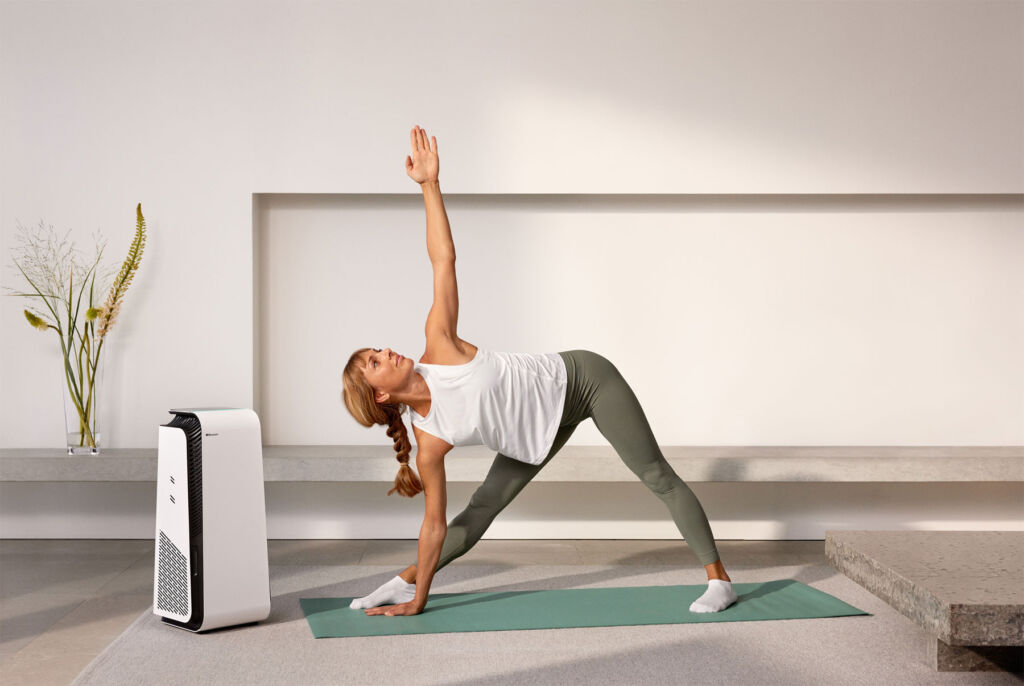
![]()




You must be logged in to post a comment.